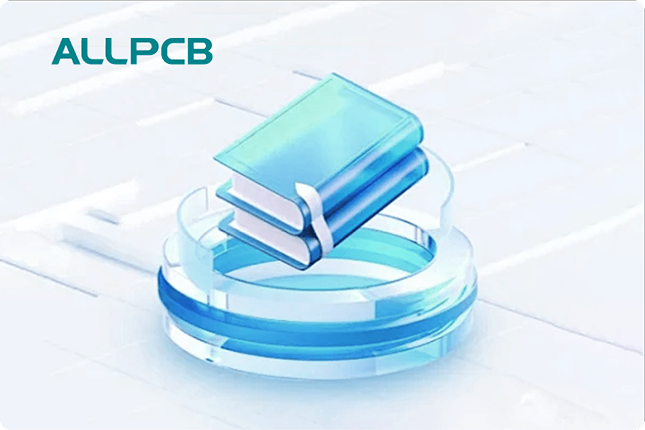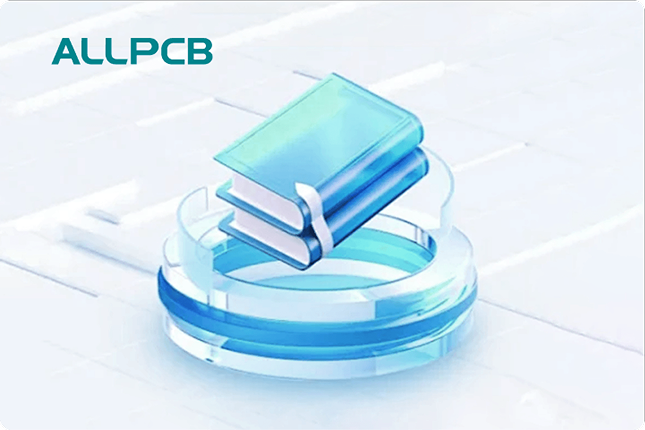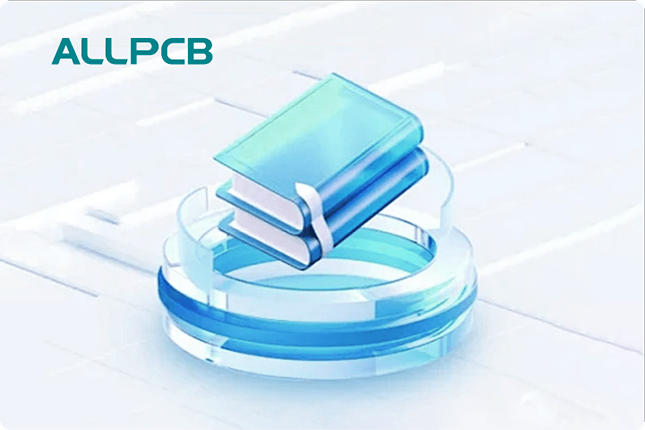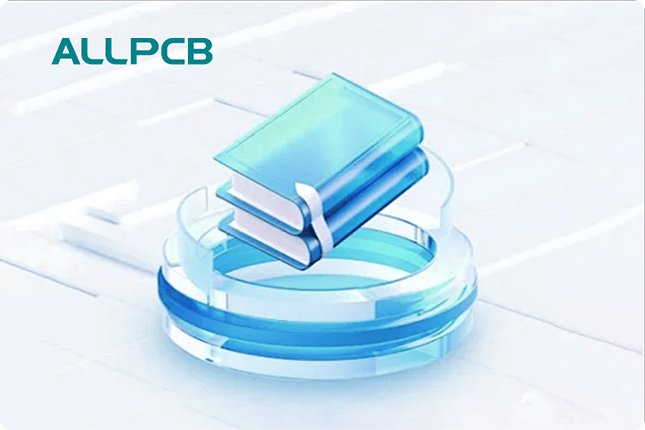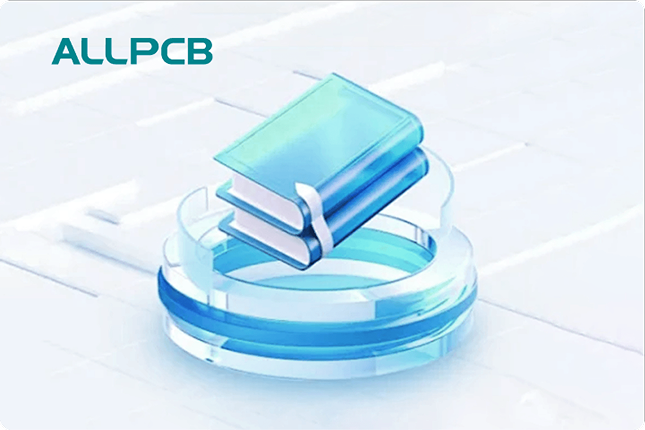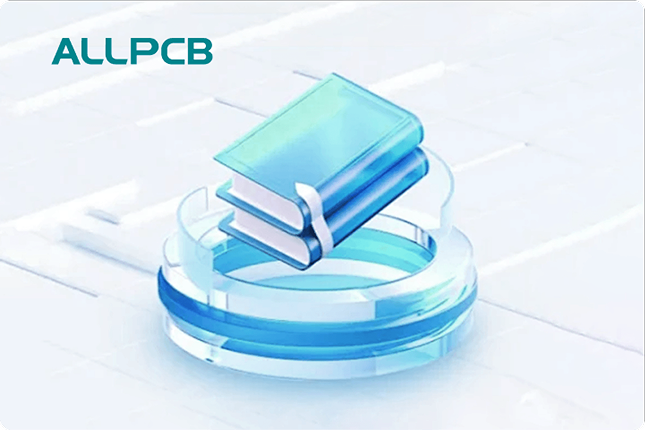In the world of PCB manufacturing, every detail counts. One critical factor that significantly impacts the fabrication process is the inner layer copper thickness. But how exactly does it affect processes like etching and plating in PCB fabrication? Simply put, the thickness of copper in the inner layers influences the precision of etching, the uniformity of plating, and the overall performance and reliability of the final printed circuit board. Thicker copper can handle higher currents but may complicate etching, while thinner copper allows for finer traces but risks structural weaknesses.
In this comprehensive guide, we’ll dive deep into the role of inner layer copper thickness in PCB fabrication. From its effects on etching and plating to its impact on electrical performance and mechanical strength, we’ll explore everything you need to know to make informed decisions for your next project. Let’s break it down step by step to understand why copper thickness is a key consideration in manufacturing high-quality PCBs.
What Is Inner Layer Copper Thickness in PCB Manufacturing?
Inner layer copper thickness refers to the amount of copper used on the internal layers of a multilayer printed circuit board (PCB). These layers are sandwiched between insulating materials and are crucial for creating complex circuits with multiple connections. Copper thickness is typically measured in ounces per square foot (oz/ft2), where 1 oz/ft2 translates to approximately 35 micrometers (μm) or 1.37 mils of thickness.
In PCB fabrication, common inner layer copper thicknesses range from 0.5 oz/ft2 (about 18 μm) to 2 oz/ft2 (about 70 μm), depending on the application. The choice of thickness affects not only the board’s ability to carry current but also the manufacturing processes like etching and plating. Understanding this balance is essential for engineers designing PCBs for specific needs, whether for high-power applications or intricate, high-density designs.
Why Does Copper Thickness Matter?
Copper serves as the conductive pathway for electrical signals in a PCB. The thickness of this copper directly impacts several key factors:
- Current Carrying Capacity: Thicker copper can handle higher currents without overheating, making it ideal for power electronics.
- Signal Integrity: Thinner copper allows for finer traces and better control over impedance, which is critical for high-speed digital circuits operating at frequencies above 1 GHz.
- Manufacturing Precision: The thickness influences how easily the copper can be etched into precise patterns and how uniformly it can be plated during fabrication.
- Mechanical Strength: Thicker copper adds durability to the board, reducing the risk of cracking or delamination during assembly or operation.
With these factors in mind, let’s explore how inner layer copper thickness specifically impacts key PCB fabrication processes like etching and plating.
How Inner Layer Copper Thickness Affects Etching in PCB Fabrication
Etching is a critical step in PCB manufacturing where unwanted copper is removed from the board to create the desired circuit patterns. The process involves applying a photoresist mask to protect the areas that will become traces and then using a chemical solution to dissolve the exposed copper. The thickness of the inner layer copper plays a significant role in how this process unfolds.
Challenges with Thicker Copper
When the inner layer copper is thicker, such as 2 oz/ft2 (70 μm), the etching process takes longer because there is more material to remove. This extended exposure to the etchant can lead to undercutting, where the chemical eats away at the sides of the traces beneath the photoresist mask. Undercutting can result in traces that are narrower than intended, potentially affecting signal integrity or current capacity. For instance, a trace designed to be 5 mils (127 μm) wide might shrink to 4 mils (102 μm) or less due to lateral etching.
Additionally, thicker copper requires more aggressive etching chemistry or higher temperatures, which can increase manufacturing costs and environmental impact. It also limits how fine the traces and spacing can be. Most standard PCB fabrication processes can achieve minimum trace widths and spacing of 3-4 mils (76-102 μm) with 1 oz/ft2 copper, but with thicker copper, these minimums may increase to 5-6 mils (127-152 μm) due to reduced precision.
Advantages of Thinner Copper
Thinner copper, such as 0.5 oz/ft2 (18 μm), is easier and faster to etch, allowing for finer traces and tighter spacing. This makes it ideal for high-density interconnect (HDI) designs where space is limited, and precision is paramount. For example, advanced fabrication processes can achieve trace widths as small as 2 mils (51 μm) with thinner copper, supporting complex designs for modern electronics like smartphones or IoT devices.
However, thinner copper is more prone to damage during etching if the process isn’t tightly controlled. Over-etching can completely remove traces or create weak points that fail under stress. Therefore, manufacturers must balance copper thickness with etching capabilities to ensure consistent results.
Impact of Copper Thickness on Plating in PCB Manufacturing
Plating is another vital process in PCB fabrication, where a thin layer of copper is deposited onto the board to create conductive pathways through vias or to reinforce traces. This step often involves electroless copper plating for initial deposition, followed by electrolytic plating for added thickness. The inner layer copper thickness influences how evenly and effectively plating can be applied.
Uniformity Issues with Varying Thickness
In multilayer PCBs, the inner layers are already present with their specified copper thickness before plating begins. If the inner layer copper is too thick, it can create an uneven surface for plating, especially in areas near vias or through-holes. This unevenness can lead to inconsistent plating thickness across the board, resulting in weak connections or poor conductivity. For instance, a via surrounded by 2 oz/ft2 copper might receive less plating material compared to one near thinner copper, affecting the board’s reliability.
To counter this, manufacturers often use techniques like copper thieving—adding non-functional copper patterns to balance the current distribution during plating. This helps ensure uniform deposition, especially when dealing with thicker inner layer copper.
Thinner Copper and Plating Precision
Thinner inner layer copper, such as 0.5 oz/ft2, generally allows for more uniform plating because there is less variation in surface height. This uniformity is crucial for maintaining consistent electrical performance, especially in high-frequency applications where impedance control is critical. For example, a board designed for 5G applications might require impedance values of 50 ohms ±10%, which can be disrupted by uneven plating.
However, thinner copper requires careful handling during plating to avoid over-deposition, which can increase trace width and alter the designed circuit pattern. Manufacturers must fine-tune the plating process to match the copper thickness, ensuring that the final board meets design specifications.
Balancing Copper Thickness for Electrical Performance and Mechanical Strength
Beyond etching and plating, inner layer copper thickness directly affects the PCB’s electrical performance and mechanical durability. Choosing the right thickness is a balancing act that depends on the specific requirements of your application.
Electrical Performance Considerations
For high-current applications, thicker copper is essential to prevent overheating and voltage drops. A 2 oz/ft2 copper layer can carry approximately 4-5 amps per 10 mils of trace width without exceeding a 10°C temperature rise, making it suitable for power supplies or motor control circuits. In contrast, a 0.5 oz/ft2 layer might only handle 1-2 amps under the same conditions, limiting its use to low-power designs.
For high-speed signals, thinner copper is often preferred because it allows for better impedance control and reduced signal loss. A trace on a 0.5 oz/ft2 layer can maintain a consistent 50-ohm impedance more easily than one on a thicker layer, especially at frequencies above 1 GHz. This is why thinner copper is common in RF and telecommunications boards.
Mechanical Strength and Durability
Thicker copper adds structural integrity to the PCB, reducing the risk of cracks or delamination during manufacturing or use. This is particularly important for boards that will undergo thermal cycling or mechanical stress, such as those in automotive or aerospace applications. A minimum inner layer thickness of 0.5 oz/ft2 is often recommended to prevent breakdown, with dielectric layers of at least 0.1 mm to support stability.
On the other hand, thinner copper can make the board more flexible, which might be desirable for certain applications like wearable electronics. However, it also increases the risk of damage during handling or assembly if not properly supported by the substrate material.
Practical Tips for Choosing the Right Copper Thickness in PCB Design
Selecting the appropriate inner layer copper thickness is a critical decision in PCB design. Here are some practical tips to guide you through the process:
- Define Your Application Needs: Determine whether your design prioritizes high current, high speed, or space efficiency. For power applications, opt for 1-2 oz/ft2 copper. For high-speed or HDI designs, consider 0.5-1 oz/ft2.
- Consult Fabrication Capabilities: Work closely with your manufacturer to understand their etching and plating limitations. Ensure they can achieve the trace widths and spacing required for your chosen copper thickness.
- Consider Cost Implications: Thicker copper increases material and processing costs due to longer etching times and more complex plating. Balance performance needs with budget constraints.
- Test for Signal Integrity: Use simulation tools to model impedance and signal loss based on copper thickness. Adjust your design to meet performance targets, especially for high-frequency applications.
- Account for Thermal Management: Thicker copper dissipates heat better, which is crucial for components generating significant heat. Ensure your thickness choice supports thermal requirements.
Conclusion: Why Inner Layer Copper Thickness Is a Key Factor in PCB Fabrication
In PCB manufacturing, inner layer copper thickness is far more than just a number—it’s a defining factor that shapes every stage of fabrication, from etching and plating to the final board’s performance and reliability. Thicker copper offers strength and current capacity but complicates precision processes, while thinner copper enables intricate designs but requires careful handling to avoid issues.
By understanding how copper thickness impacts etching, plating, and overall design, engineers can make informed choices that align with their project’s goals. Whether you’re designing a high-power industrial board or a compact, high-speed device, paying attention to this detail ensures a smoother manufacturing process and a better end product. With the right balance, you can achieve optimal results that meet both technical and budgetary needs.
At ALLPCB, we’re committed to supporting your PCB fabrication journey with expert guidance and advanced manufacturing capabilities. From selecting the ideal copper thickness to optimizing etching and plating processes, we’re here to help you bring your designs to life with precision and quality.
 ALLPCB
ALLPCB


